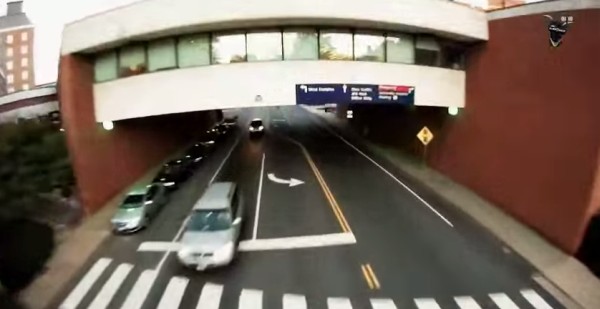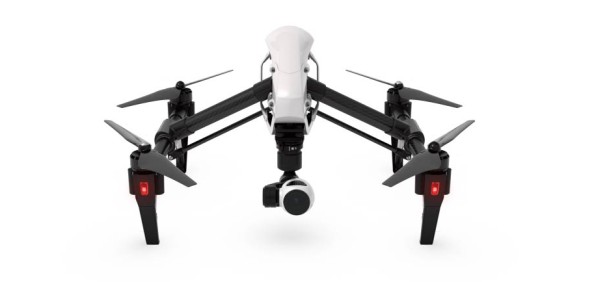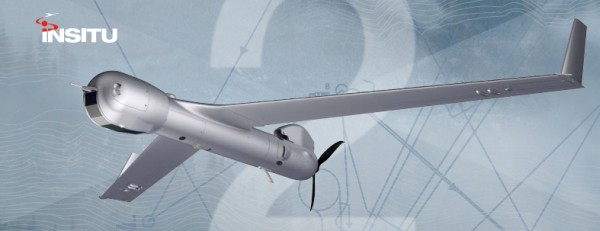Podcast: Play in new window | Download (Duration: 31:14 — 17.9MB)
 Sneak peak at the FAA sUAS regulations, NZ drone regs, bioengineered drones, busting poachers, the threat to airliners, first amendment issues, and GoPro to enter the UAV market.
Sneak peak at the FAA sUAS regulations, NZ drone regs, bioengineered drones, busting poachers, the threat to airliners, first amendment issues, and GoPro to enter the UAV market.
News
Drone Flights Face FAA Hit
The Wall Street Journal reports that “people familiar with the rule-making process” are talking about what we can expect in the Notice of Proposed Rulemaking (NPRM) from the FAA for sUAS.
The expectation is that the FAA will:
- Lump all sUAS under 55 pounds under the same regulations
- Require sUAS operators to have a manned-flight pilots license
- Limit flying to daytime hours, below 400 feet, line of sight.
The NPRM is still expected before year-end, followed by a public comment period.
New Zealand to introduce civil UAV regulations
The Civil Aviation Authority (CAA) plans to issue New Zealand’s notice of proposed rulemaking for unmanned air vehicles on December 4. There are no details on what the proposal will contain, but the CAA had input from the UAVNZ industry group and Callaghan Innovation, an entity that promotes economic progress in New Zealand. The CAA says that certification will likely be required for operators of high risk UAVs.
NASA Is Working on Creating Bioengineered Drones Made of Mushrooms and Bacteria
NASA is supporting the Prototyping a Biological UAV project “to grow a mycelium-based chassis for [a] biological drone.” One motivation for this program is to create lightweight sensors that require no electrical energy.
Poachers Caught by ShadowView Drones
ShadowView Foundation drones were used during an anti-poaching operation in the Greater Kruger Area in South Africa. Rhino poachers were apprehended as a result.
This is believed to be the first time drones were used for this purpose.
ShadowView used information from the drone to direct local rangers on the ground. “One of the rangers reported via radio the poachers were heavily armed and immediately engaged upon sight. During the ensuing firefight, the rangers unfortunately killed one of the poachers.”
Is The Small-UAV Threat To Airliners Overrated?
Regulatory agencies require that commercial aircraft withstand impact by birds. This article wonders if existing regulations for bird strikes can be extended to include small UAVs.
Up in the Air: The free-speech problems raised by regulating drones
Ferguson, Missouri has been the scene of protests and vandalism after a Ferguson Police Department officer fatally shot an 18-year-old man. The FAA granted no-fly zone requests, but there are indications that this was done to keep news helicopters out of the area. This article explores possible First Amendment issues associated with news gathering by drone.
WSJ: GoPro Is Going to Make Its Own Drones
Reportedly, GoPro is going to start making its own multi-rotor helicopters in the $500-1,000 range. Availability is said to be late 2015.
The 19 best drone photos of 2014
Mashable picks 19 awesome images that could only have been created from an aerial perspective.
Video of the Week
Chernobyl by Drone
Eerie video of the Chernobyl Exclusion Area almost 30 years after the meltdown.


 Justine Harrison is an attorney whose practice includes corporate and aviation law. She’s a multi-engine instrument rated pilot, aircraft owner/operator, and an experimental aircraft builder.
Justine Harrison is an attorney whose practice includes corporate and aviation law. She’s a multi-engine instrument rated pilot, aircraft owner/operator, and an experimental aircraft builder.
